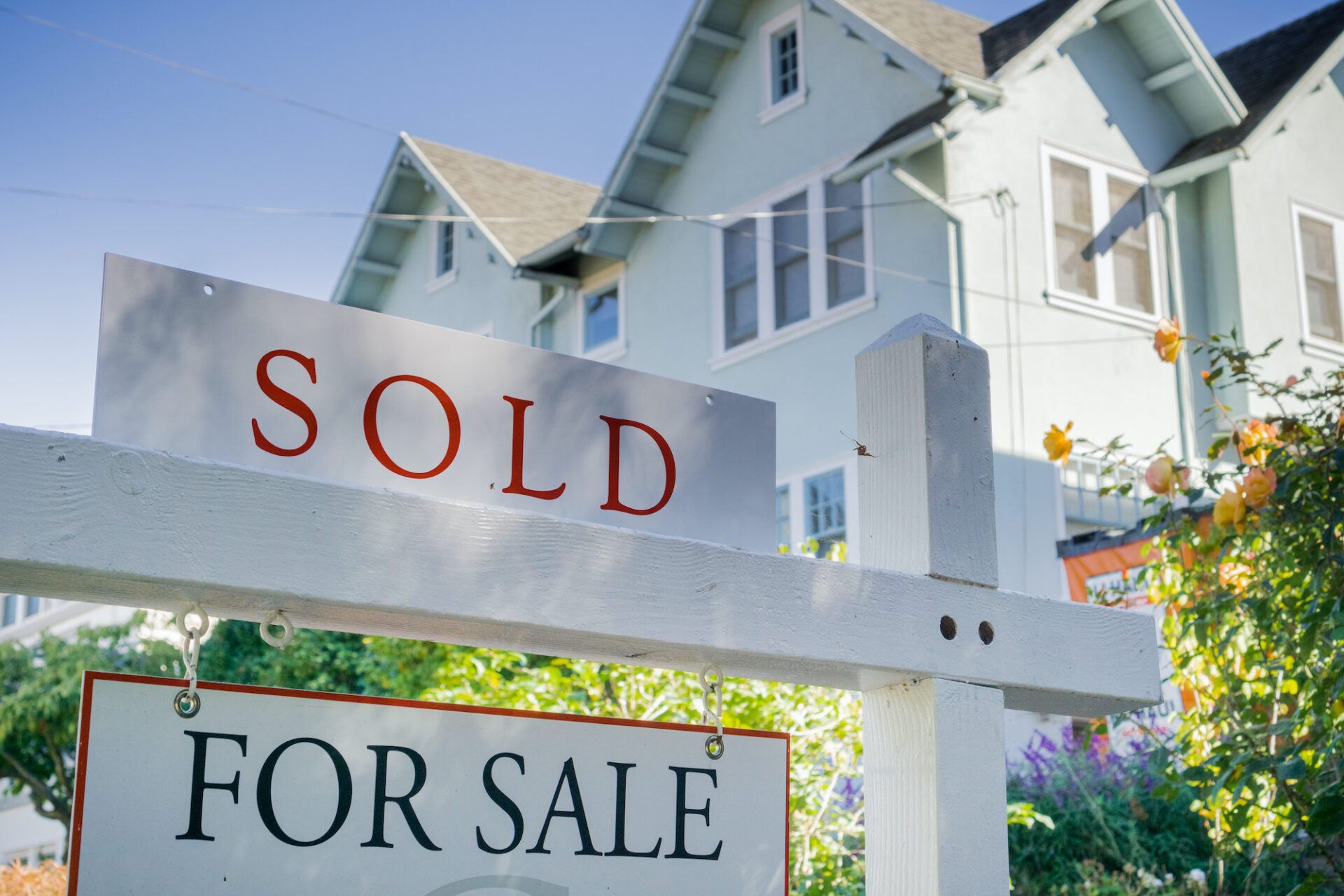Pending home sales finally rose in May after six consecutive months of decreases, ticking up a small but significant 0.7%.
The National Association of Realtors’ (NAR) Pending Home Sales Index (PHSI) posted a reading 99.9 last month. A reading of 100 is equal to the level of contract activity in 2001.
The PSHI is a forward-looking indicator of home sales based on contract signings.
However, year-over-year transactions are down 13.6%.
“Despite the small gain in pending sales from the prior month, the housing market is clearly undergoing a transition,” said NAR Chief Economist Lawrence Yun. “Contract signings are down sizably from a year ago because of much higher mortgage rates.”
All four regions saw YOY declines but were split down the middle month-over-month. Pending sales in the Northeast jumped a whopping 15.4% in that time, though they are still down 11.9% YOY.
In comparison, the South saw a tiny 0.2% increase while signings were down 13.8% YOY.
But the Midwest and West saw signings slip, down 1.7% and 5% from April, respectively.
Yun chalks up the declines to the West’s high home prices.
“This further indicates the growing need to increase supply to tame home price growth and improve the chances of ownership for potential home buyers,” he said.
With mortgage rates rising and home price appreciation showing no signs of slowing down, the monthly mortgage payment on a median single-family home with a 10% downpayment is up by $800 just since the beginning of 2022.
Interest rates are up two full percentage points just since the first of the year, averaging 5.81% last week.
“Trying to balance the housing market by choking off demand via higher mortgage rates is damaging to consumers and the economy,” Yun added. “The better way to balance the market is through increased supply, which also helps the broader economy.”
But supply remains constricted as would-be home sellers who refinanced to historically low rates during the pandemic choose to continue living in their homes rather than battle the market.
As a result, affordability is at a 15-year low, and homebuyer demand recently saw its largest annual decline since the pandemic began.
